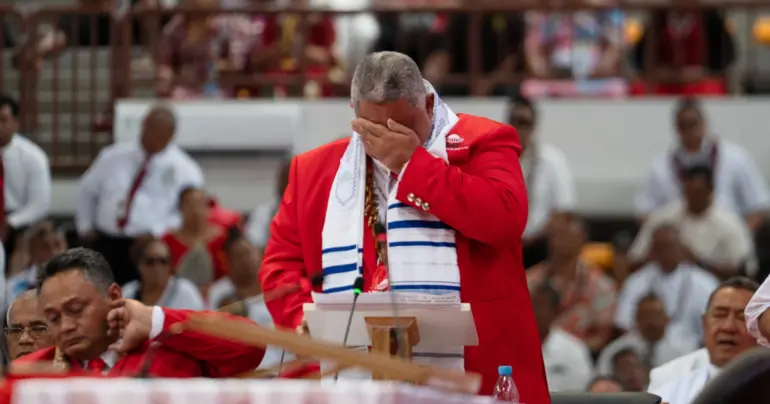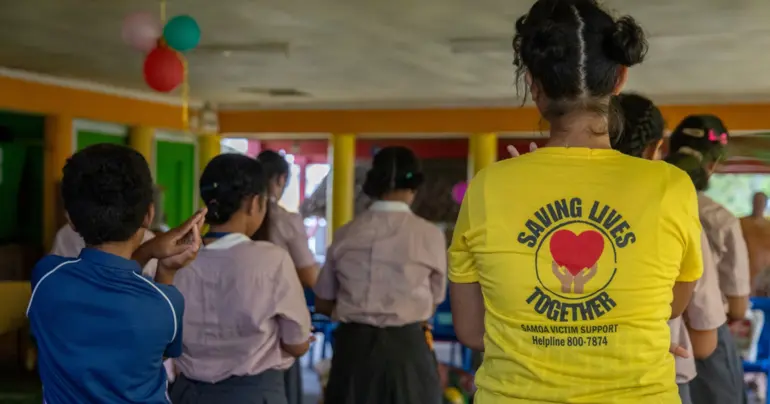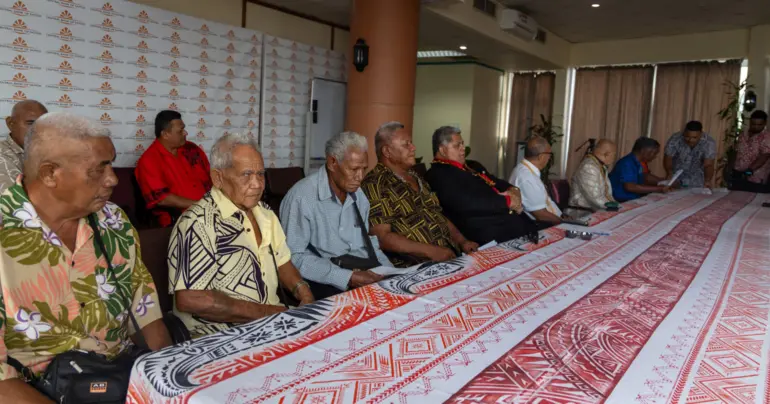Courthouse about values not cost
 By The Editorial Board
•
17 January 2020, 11:33PM
By The Editorial Board
•
17 January 2020, 11:33PM
The demolition of Samoa’s old Courthouse is another sad example of the Government’s willingness to deal too lightly with a precious piece of our nation’s history.
A campaign to save the 118-year-old Courthouse - our nation’s most historic building - by way of renovation has been ongoing for nearly a decade. Now its fate appears certain to be sealed in less than ten days.
The Samoa International Finance Authority (S.I.F.A.) quietly invited companies to bid on a project to demolish the structure in the state-owned Savali newspaper.
This development was given its due prominence on the front page of Friday’s edition of the Samoa Observer (“Old Courthouse demolition plan draws condemnation”).
This development has stoked the embers of a long-running debate. .
There have been those who view the former headquarters of colonial rule in Samoa as an unpleasant and therefore dispensable symbol.
But the Courthouse’s history is much more complicated than that; it has also been a central point for the nation’s independence movement.
It was in front of the Courthouse that high chief Tupua Tamasese Lealofi-o-a'ana III, the leader of the non-violent Mau independence movement, was shot by New Zealand Police.
The events of that day in 1929, Black Saturday, and Tupua’s dying words were a catalyst for the nation’s independence movement: “My blood has been spilt for Samoa. I am proud to give it.”
To erase the symbols of the past, perhaps even especially those with unpleasant associations, robs us of the value of history.
And the erasure of the last built symbol of colonialism in this country can only diminish future generations’ understanding of the moment Samoa’s 1962 independence declaration; the first among Pacific nations.
The old Courthouse was also integral to the newly independent state of Western Samoa.
It became the office for the Prime Minister; was for many years the location of Cabinet meetings; and was where our judicial branch of Government began.
The Government has promised to build a replica of the building using modern materials that will combine a museum and a hotel.
But even the best of facsimiles will be unable to do justice to a building so steeped in our national history.
The Government says the cost of repairing the building is prohibitive and that it is now riddled with termites and beyond repair.
But the Samoa Tofia Mai le Atua organisation has said independent engineers and architects have assessed the building’s condition as fair as it is composed of hard-wearing California redwood.
The demolition of a building of such importance demands caution and transparency.
We call upon the Government to release the analysis on which the building’s condemnation has been based and the projected cost of its replacement.
A 2012 study suggested bringing the building back to its former glory would come at a price of $20 million tala.
That figure has doubtlessly grown in the interceding period. But we believe that this is not a question of cost but of values.
The Government has previously said funding for the building’s restoration has been unsuccessfully sought from as far away as Germany.
But it seems improbable that the Government could not have found the means to restore one of the last remaining German colonial-era buildings not just in the Pacific but the world if it saw its value.
It was less than a decade ago that the new three-storey Courthouse building was built at Mulinu’u with a $62 million loan from China.
That new building’s costs of maintenance - a major criticism of keeping the old Courthouse standing - are already beginning to bite. An additional $200,000 has already been requested to fix a leaky roof which has destroyed court files.
A total of $25 million was found for the new Maota Fono and some $5 million has been set aside to maintain the Tui Atua Tupua Tamasese Efi (T.A.T.T.E.) and Fiame Mata'afa Faumuina Mulinuu (F.M.F.M.) II buildings.
A list of similarly expensive donor-funded projects is extensive.
The quiet haste with which the Courthouse’s demolition casts doubt on whether the Government ever really believed its pledge that the preservation of Samoan culture a key goal of its waterfront restoration project.
In 2012 we saw the original, century-old Fale Fono demolished and we have witnessed the loss of another building from this era in the nation’s first hospital.
The Courthouse is the last built symbol of a most significant chapter in our nation’s modern history: the cost of razing it will be infinitely greater than the winning bidder's tender.
 By The Editorial Board
•
17 January 2020, 11:33PM
By The Editorial Board
•
17 January 2020, 11:33PM











